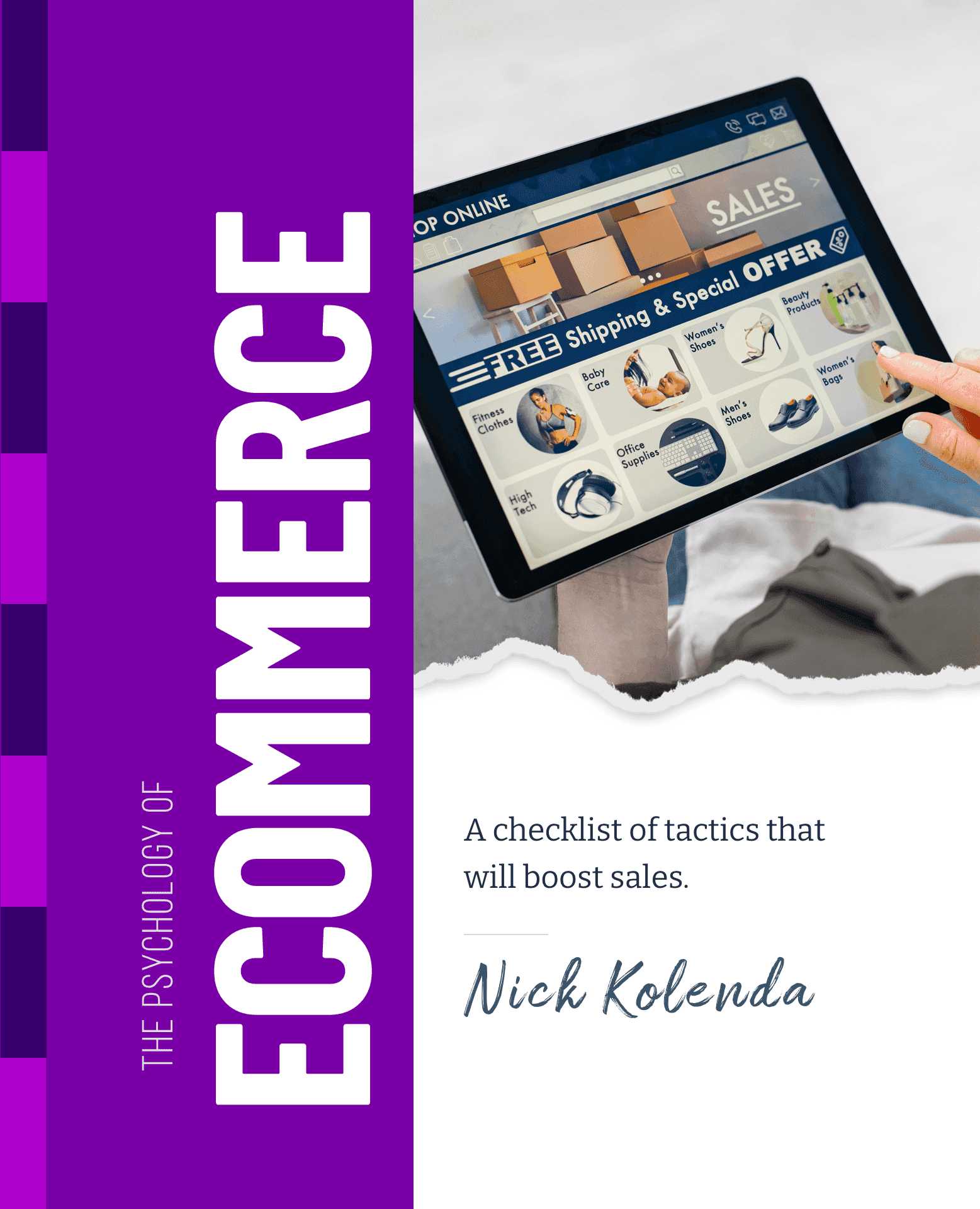
Minimize Padding in Cheap Catalogs
Product Catalog
Minimize Padding in Cheap Catalogs
Real estate is expensive in physical stores, and this idea persists in digital stores.
Do you have a digital catalog?
In physical stores, the amount of space influences prices: A lot of empty space? Managers need to raise prices to pay for this real estate.
Ironically, customers bring this logic into digital catalogs. Online products seem more expensive when surrounded by more padding, even though this space doesn't cost anything (Huang et al., 2019).
How to Apply
- Restrict Padding to Convey Good Deals. Cluttered websites sometimes convert better — and now it makes sense. Low prices are found in messy stores, and customers bring this idea into online shopping.
- Expand Padding to Boost Quality. Do your customers prioritize quality over price? Embrace the free real estate in your ecommerce store.
- Adjust Padding in Catalogs and Images. The space between rows and columns, along with the space around product images.
- Charge Precise Prices in Tight Catalogs. Prices like $18.49, $23.99, and $19.01 convert better than $18.50, $24.00, and $19.00 when catalogs have less padding (Hou & Gong, 2024).
Examples
- Walmart crams four products in each row.
- Gap shows three products.
- Balenciaga shows three products, but adds more space in the images.

- Huang, Y., Lim, K. H., Lin, Z., & Han, S. (2019). Large online product catalog space indicates high store price: Understanding customers’ overgeneralization and illogical inference. Information Systems Research, 30(3), 963-979.
- Hou, N., & Gong, H. (2024). Precision makes tightness better: the interactive effect of interstitial space and number precision on purchase intention. Marketing Letters, 1-14.

Want more tactics?
Get all my free ecommerce tactics